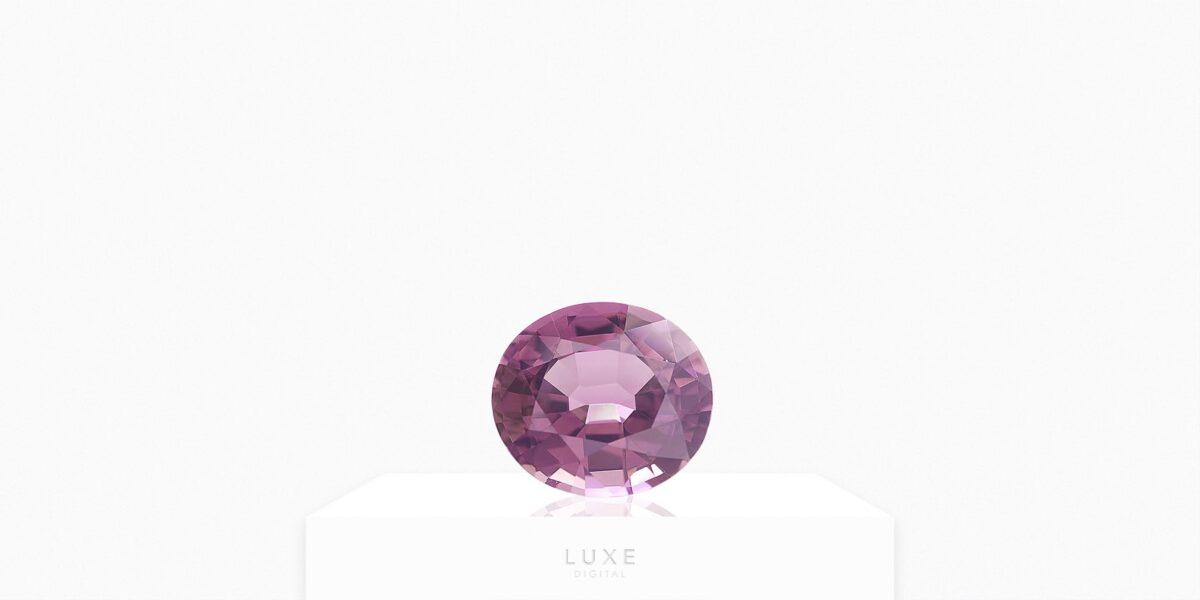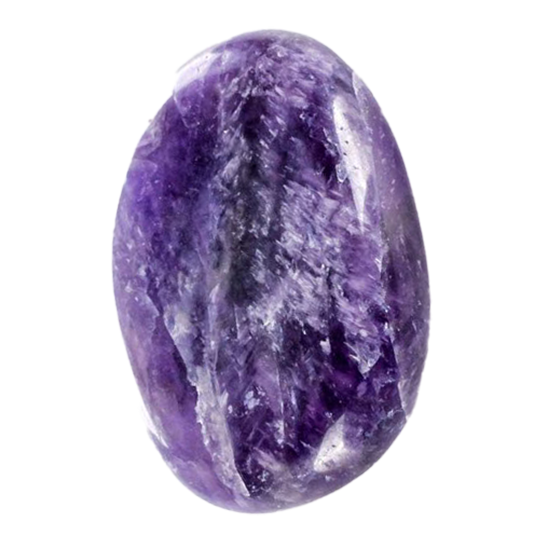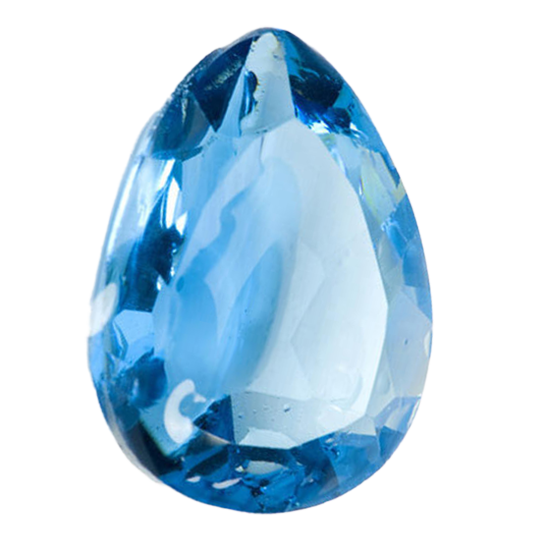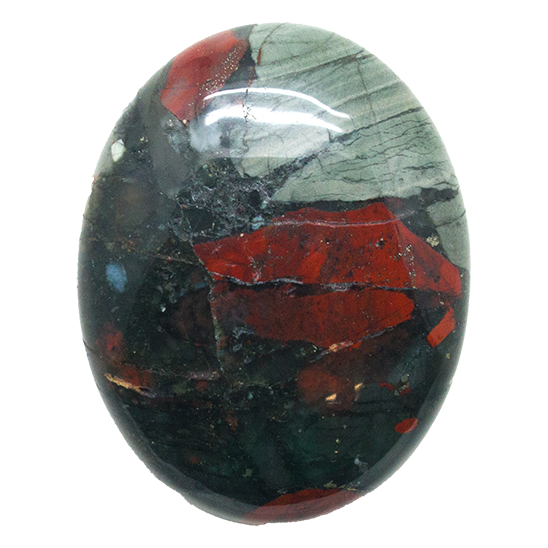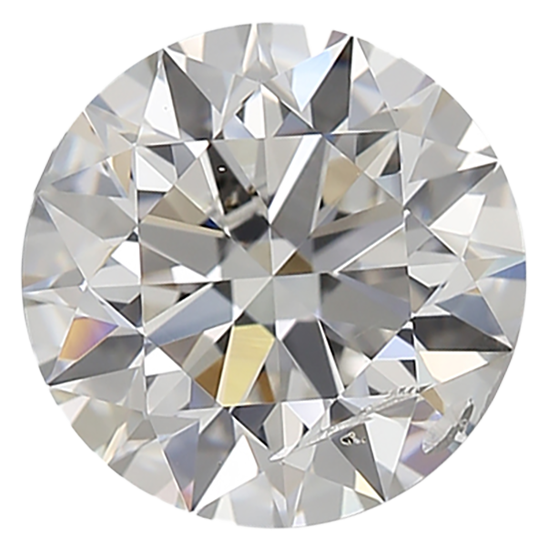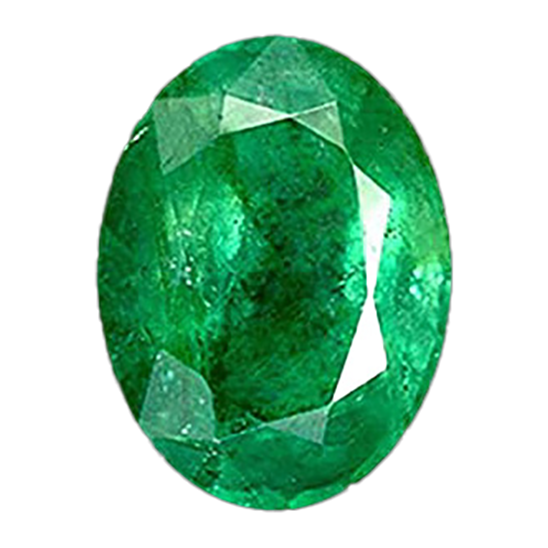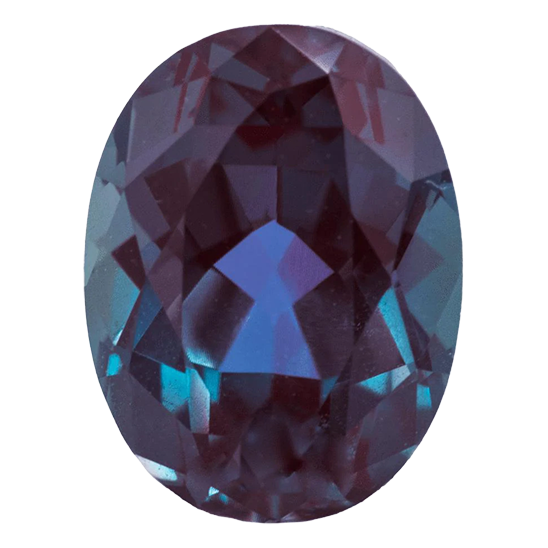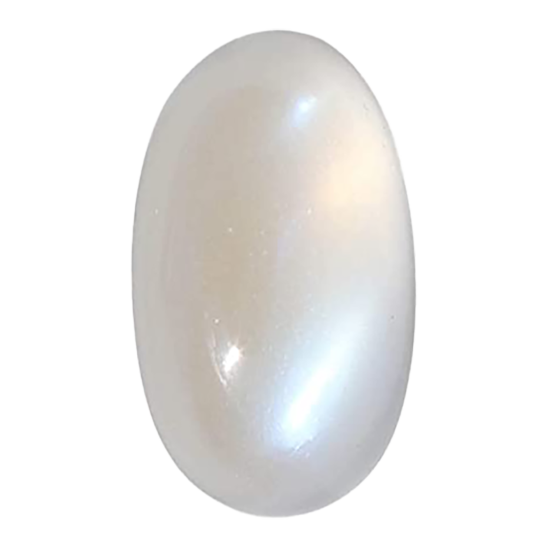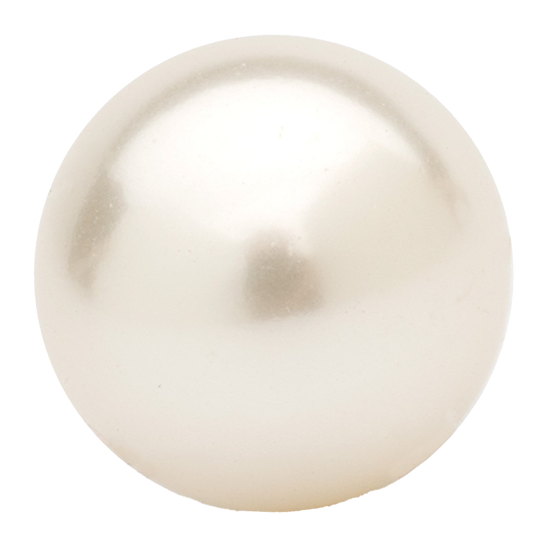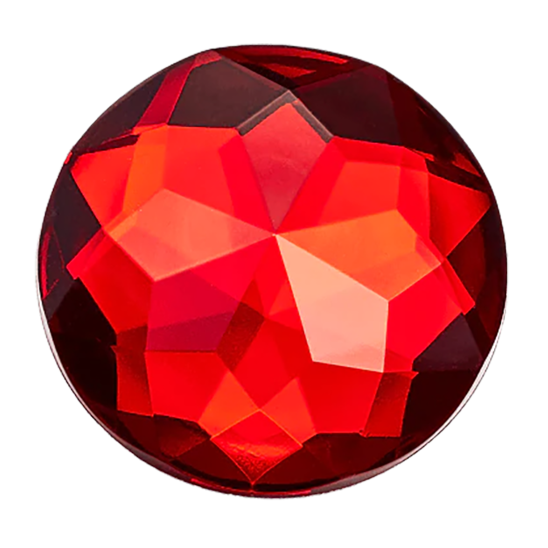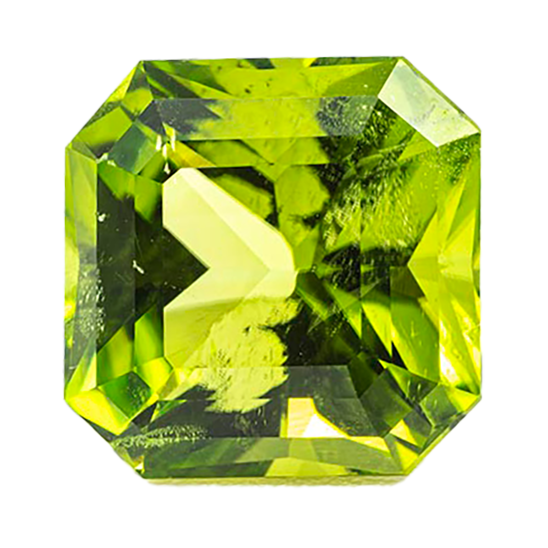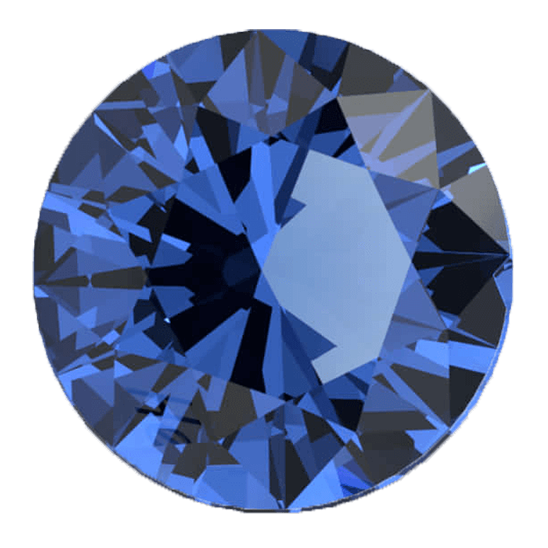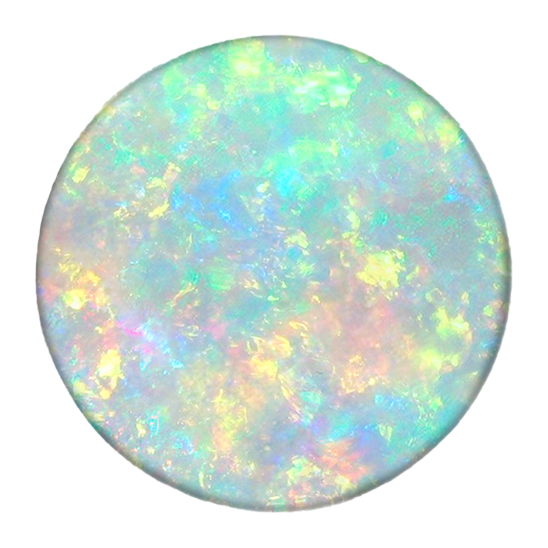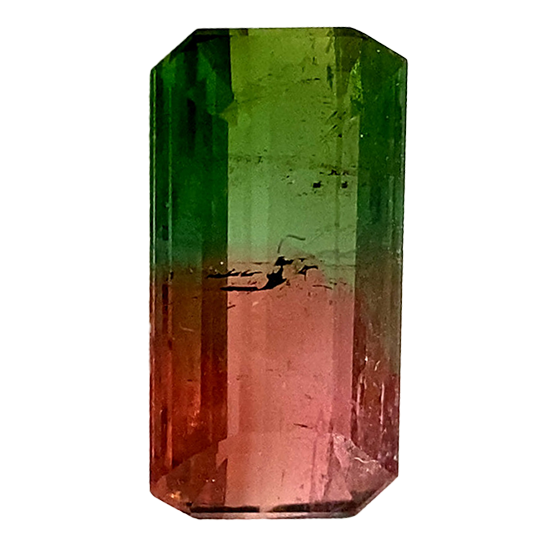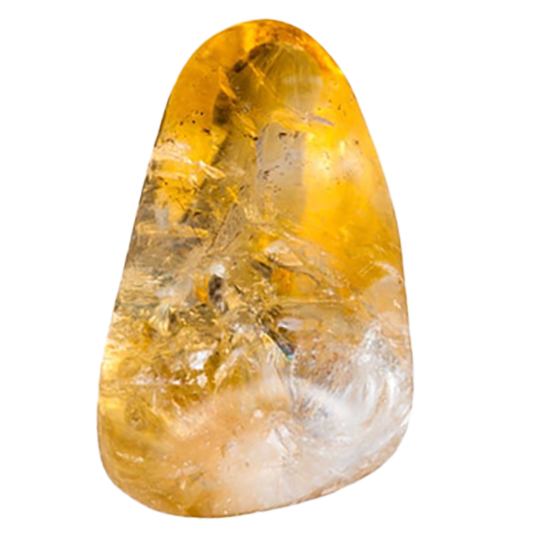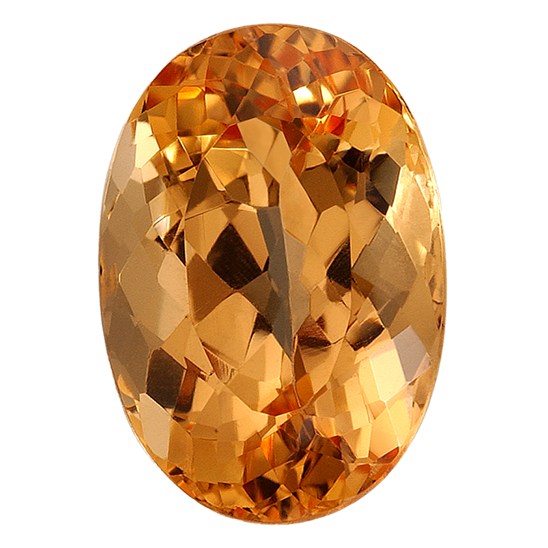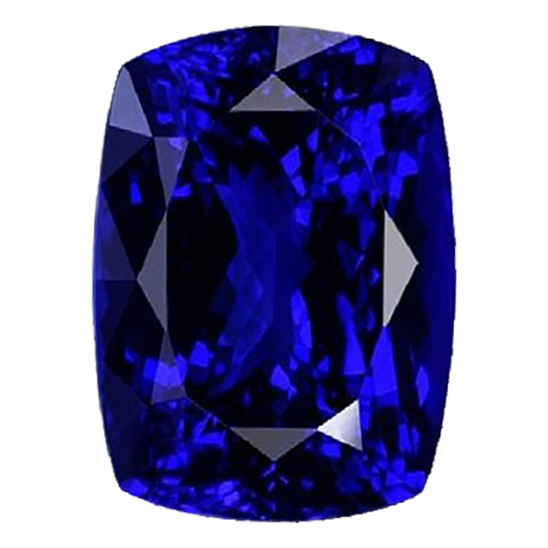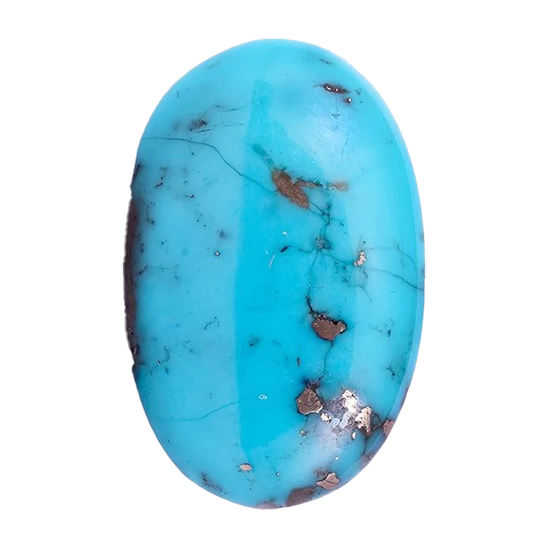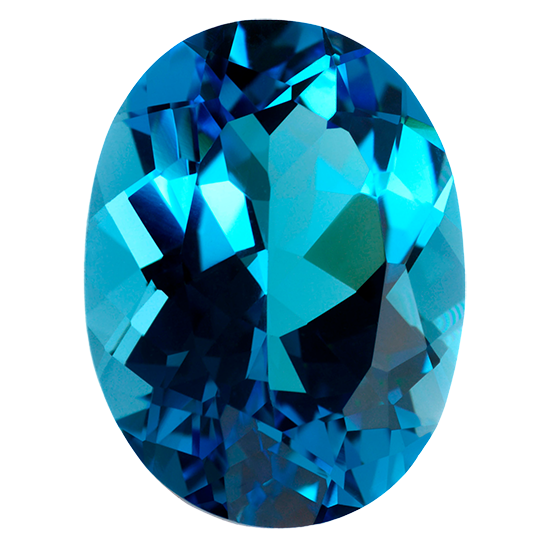Taaffeite has been mistaken for other minerals. It’s also one of the rarest minerals in the world. While it’s a beautiful gem, its rarity and poor fracture make it among the least widely available and used. That doesn’t mean, however, that taaffeite doesn’t bring value and meaning.
From pink to lilac and in an array of colors, taaffeite is a unique and valuable gem. Its value is marked not only by its price per carat. Rather, taaffeite is known for its healing benefits. Bringing energy, vision, love, and health, one can only hope that more taaffeite will be discovered in the future. For now, it remains an enchanting and compelling mineral that few can get their hands on.
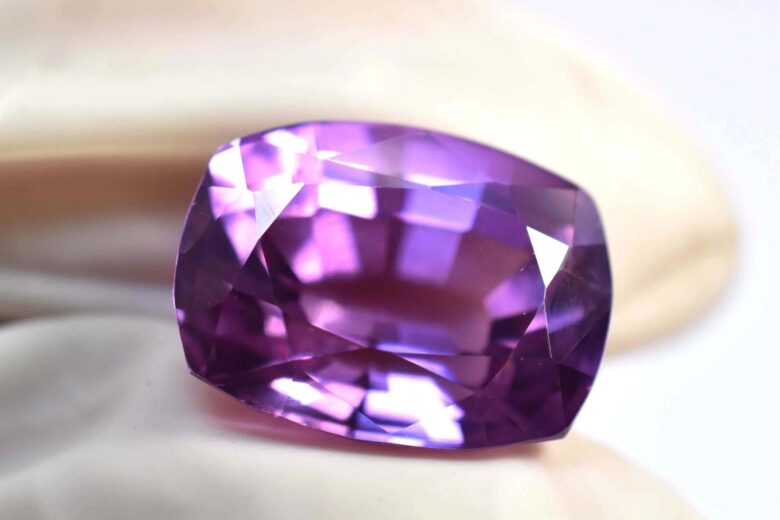
| Taaffeite Color | Pink, Purple, Red, Brown, Colorless, Gray, Green, Blue |
| Birthstone Month | N/A |
| Hardness Scale | 8 to 8.5 on Mohs Scale |
| Mineral Class | Taaffeite |
| Symbolism | Luck, Fortune, Love, Health, Energy |
What is Taaffeite
Taaffeite is a rare mineral. This unique gem has a striking appearance, with a transparent quality and exhibiting a range of hues. Formed in carbonate rocks, including limestone, it’s a truly unique gem.
Though once mistaken for spinel, taaffeite is both rarer and more valuable. The average price per carat for taaffeite is $1,500 to $2,500. However, taaffeite of exceptional quality has a price per carat as high as $35,000.
Taaffeite is a hard gemstone, with a Mohs hardness rating of 8 to 8.5 out of 10. Nonetheless, it isn’t faceted, like many jewelry birthstones are. This is because it has a poor, indistinct fracture. Its rarity is also a challenge. Despite this, it’s a beautiful stone with special properties and meaning.
What does taaffeite look like
Taaffeite has many types colors and variations. It comes in beautiful soft pink, lilac, and violet hues. However, it may also be mauve, brown, red, gray, green, blue, and even colorless. At first glance, taaffeite closely resembles spinel.
Taaffeite has a conchoidal fracture, which is not typically suitable for gemstone jewelry. Conchoidal fractures mean that the gem doesn’t split in an even or consistent fashion. Taaffeite is transparent, with a vitreous luster. It’s distinguished by its hexagonal crystal formation. It is also noteworthy for its double refraction.
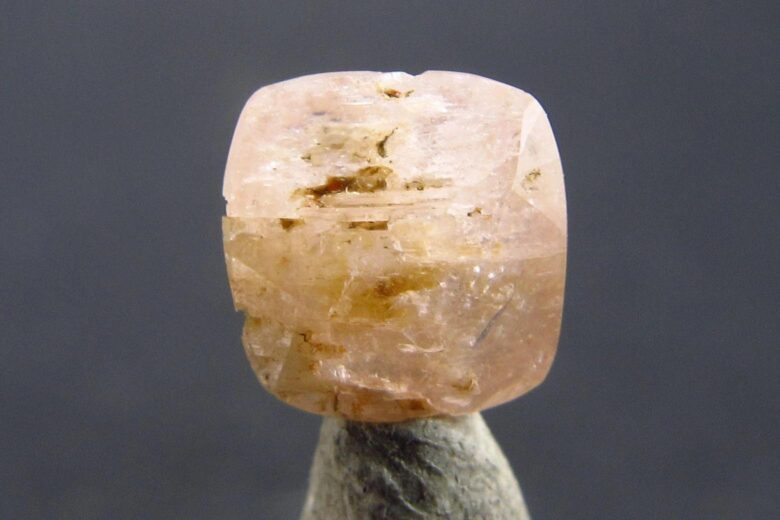
The history of the Taaffeite
Taaffeite’s history is relatively brief, especially compared to some of the most well-known jewelry birthstones. It was discovered in 1946 by Count Taaffe of Dublin.
This accidental discovery meant that taaffeite was originally mistaken for spinel. It was only because of its double refractive property that the Count suspected it might be something else. The small bit of taaffeite was directed to the London Gemstone Testing Laboratory and eventually to the Natural History Museum. Only under an x-ray was it acknowledged as a new mineral.
From the 1950s into 1980, a mere two samples of taaffeite were found. However, after the 1980s more taaffeite was found. Still, taaffeite remains one of the rarest and most valuable gemstones. It is often found in fragments, but one taaffeite presented as an impressive 12.5 carats. Today, very few crystals have been found. It’s still one of the rarest in the world.
Meaning of Taaffeite
Taaffeite holds special meaning for the few who are lucky enough to come across it. The main meaning of taaffeite is its use as a balancing and energizing gem. Taaffeite brings fortune and good luck and improves energy.
In addition, taaffeite is thought to re-energize. Taaffeite optimizes health and love. Its unique properties are said to transition times of misfortune to good luck. It provides one with a chance at new opportunities.
Since taaffeite is linked to improved energy, it is meaningful as a performance booster. Both as a talisman and an energy enhancer, taaffeite provides support for the best results possible. Though it is not commonly associated with chakras, this flow of energy would also complement Feng Shui practices.
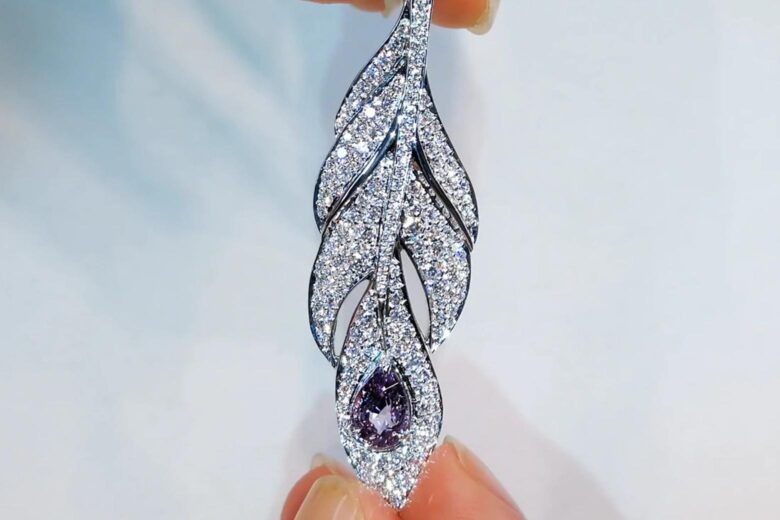
Where does Taaffeite come from
Taaffeite is quite rare. It’s sourced from three major regions in the world: Sri Lanka, Southern Tanzania, and Myanmar. Taaffeite of lower value has also been found in parts of both China and Russia.
Taaffeite naturally occurs in carbonate rocks. It’s not unusual for taaffeite to be found in mica, spinel, tourmaline, fluorite, and other minerals. Carbonate rocks are a type of sedimentary rock made with carbonate minerals. One form of carbonate rocks—where taaffeite can be found—is limestone. It may also be found in alluvial deposits.
Which family is Taaffeite from
Taaffeite is in its own group of minerals, called the taaffeite mineral group. The taaffeite mineral group has been mistaken for members of the beryl mineral group. The beryl mineral group, which includes gemstones such as emeralds, does look similar. But there are differences in the physical and chemical properties.
Taaffeite has a prismatic crystal structure and may also be present as alluvial grains. Taaffeite is within the hexagonal pyramid group, with a typical formation of 6mm. This can vary depending on its exact formation. In this family, the composition of aluminum, magnesium, and beryllium comprise its unique properties.
The taaffeite family of minerals always has a weak pleochroism. Pleochroism measures how different colors interact with each other at different angles. Likewise, the taaffeite family is uniaxial and has double refraction.
Birthstones chart
Find your birthstone by month
Frequently asked questions about taaffeite
To say that taaffeite is rare is a vast understatement. Taaffeite is among the rarest minerals in the world. It’s approximately one million times rarer than a diamond. Taaffeite is found in just three main countries: Sri Lanka, southern Tanzania, and some parts of China.
Taaffeite is a stone of good luck and fortune. Many associate taaffeite with bringing blessings into one’s life. Those blessings include balancing emotional and physical health and enhancing energy. It’s also used to enhance love of all kinds and bring blessings to those who are lucky enough to come across it.
The challenge of identifying taaffeite is that it comes in many different colors. Thus, the best way to identify taaffeite is to study its unique chemical properties. It’s a relatively hard stone, with a Mohs hardness rating of 8 to 8.5. It has a conchoidal fracture, a specific gravity of 3.60 to 3.62, and a refractive rate of 1.716 to 1.730. It’s also distinguished by a hexagonal crystal structure.
Taaffeite stones are expensive compared with many gemstones used for jewelry. The average price per carat for taaffeite is $1,500 to $2,500. The reason why taaffeite is expensive is that it is considered among the rarest and most unique gemstones in the world. Taaffeite of the highest value can cost as much as $35,000 per carat.
